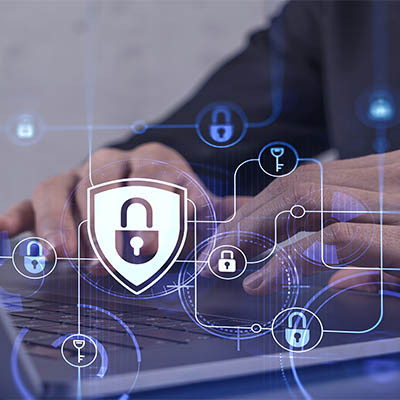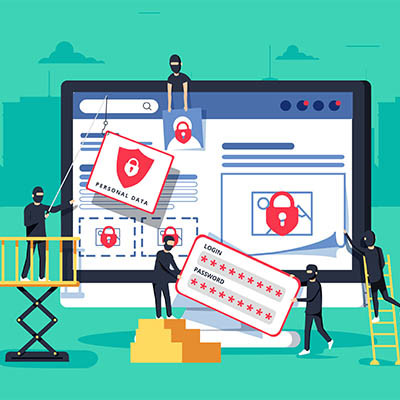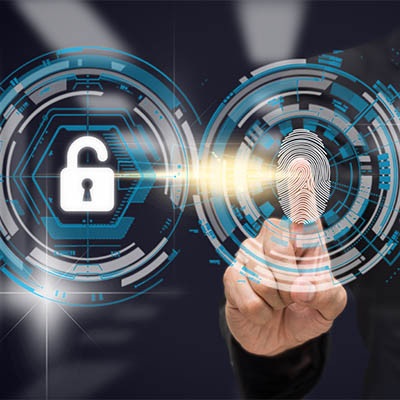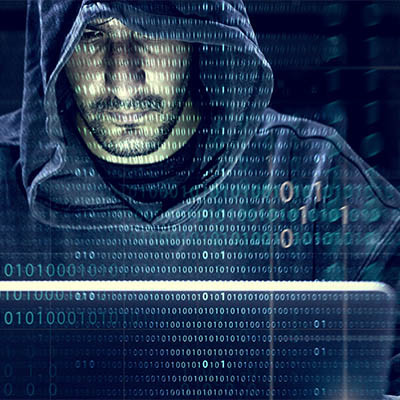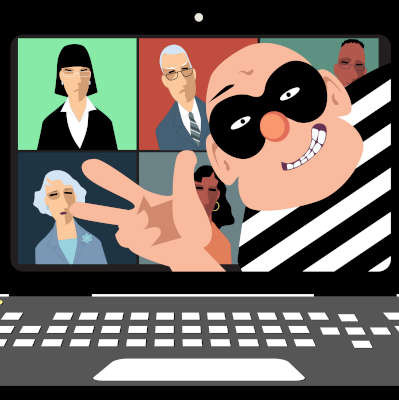Advanced Computers Blog
Real cybersecurity preparedness is, like most things in a business, a team effort. Everyone needs to be aware of the best practices involved in cybersecurity. Naturally, this will involve training. In the interest of making sure this training is as effective as it needs to be, we’ve assembled a few best practices to keep in mind as you design a curriculum.
Authentication is a tricky thing for businesses. While people want to be secure, they also want to make that security as convenient as possible. Developments involving solutions like Windows Hello, a biometrics authentication system used by Microsoft, have been pushing this trend forward. Let’s take a look at Windows Hello and see what kinds of authentication features it brings to the table.
When it comes to network security, there is a lot that can go wrong for your business and countless solutions that you can implement to combat them. However, there are small practices that you can implement on a daily basis to improve security as a whole, so if your collective staff can implement this one easy trick, you might be surprised by how beneficial it can be for your network’s security. This practice? Locking your computer.
With every new day comes a new data breach that exposes the personal data of countless people. The most recent in this troubling trend is the LinkedIn data breach, an event that exposed 700 million profiles and led them to be put on sale on a hackers forum. LinkedIn denies the data breach, but how much truth is in this statement? Let’s take a closer look.
Ransomware has taken over the security industry, as we are sure you have seen from the endless headlines associated with it. All business owners must remain cognizant of the dangers that ransomware represents. A new study has found that organizations infected by ransomware that wind up paying the ransom are not necessarily better off--in fact, paying the ransom could have disastrous consequences.
Hackers have made some nefarious choices over the past several months, many of which involve using the COVID-19 pandemic to spread their influence and steal data through the use of phishing attacks. Let’s explore how these cybercriminals have leveraged a global disaster to their benefit and some ways that you can keep your business secure.
Data privacy is central to most conversations in the business environment, and in a time when ransomware and hacks of all kinds are constantly receiving media presence, it’s no surprise that it is sensationalized to a certain extent. That said, it’s critical for businesses to understand what needs to be done to future-proof their data privacy infrastructures.
Many businesses have chosen to take advantage of two-factor authentication for their security needs, but there are far too many that have chosen not to. The methods might vary from organization to organization, but the general principle remains the same. We’re here to share with you how to implement two-factor authentication for three common business accounts: Microsoft, Google, and Apple.
Blockchain technology might be best known for its use with cryptocurrencies such as Bitcoin and Dogecoin, but that’s just one type of blockchain. There are other varieties that could prove useful in certain sectors. Let’s take a look at what they are, how they might be used, and what some of their benefits and shortcomings are.
When a hacker tries to access one of your accounts, the first challenge they must overcome is the password. This is why industry professionals always encourage you to create them with security in mind. The latest guidelines issued by the National Institute of Standards and Technology, or NIST, are not quite conventional or traditional, but they do give valuable insights into how to create more secure passwords.
Ransomware attacks are nothing new, but when was the last time they made headlines by instigating a gas crisis? A Russia-backed hacking collective called DarkSide targeted Colonial Pipeline, a company responsible for almost 45 percent of the fuel for the Southeastern United States, with a devastating ransomware attack. The attack led to a spike in fuel prices and spotty availability while also showing cracks in the nation’s energy infrastructure, and it has even sparked a renewed interest in cybersecurity.
We’ve all seen advertisements for the websites that offer to connect you with the professionals ready to help you with a specialized task around your home, from repair work to childcare to cleaning services. Unfortunately, cybercriminals have adopted a similar tactic to help market their services, leading to the creation of a sort of hackers’ gig economy on the Dark Web.
It’s a bit of a nightmare scenario for a business, born of watching too many crime thrillers: a criminal syndicate hacks into their systems, wreaking havoc and stealing all their data, while also destroying that company’s reputation. Is this scenario a fantasy? To a point, yes—but not so much as you might think.
2020 offered no shortage of challenges for healthcare providers. Besides the obvious issues that COVID-19 posed to the operations, finances, and supply chains that these organizations rely on, cybersecurity issues have played a significant role. Let’s go over some of the security stresses that healthcare providers have been experiencing.
People look at their work differently, just as they view their lives differently. The many different perspectives of your staff brings a bit of variance of how they view data security. This isn’t so good for your business as you need to trust them to prioritize the security of your data and infrastructure. Let’s take a look at some of the best practices that you should be training your staff in, which will allow them to protect your data better, and theirs.
Conferencing has played a crucial role for businesses, and never more than in the past year. Unfortunately, this has presented the opportunity for trolls to join in these remote collaboration efforts, interrupting them with inflammatory and vulgar content. Labelled “Zoombombing”, these attacks have led to the implementation of numerous privacy protections and countermeasures… but the question remains: how effectively do these protections defend a business’ efforts?
As a study has revealed, not effectively enough.
For the better part of four decades, Apple has bragged that not only are their devices more secure than PCs, hackers don’t bother building threats specifically for their operating systems because their security is so superior. For this reason, Apple has routinely refused advances from law enforcement to share workarounds so that police can get into phones. Apple’s rationale for this constant refusal is that it would undermine their ability to keep the most secure personal computing devices, secure. Federal law enforcement officials went ahead and developed their own workaround and the findings may surprise many Apple aficionados. Let’s take a look:
If I were to ask you what you believed was the biggest potential threat to your business’ future, what would your answer be? The correct answer for most is the risk that an employee might let in a threat—intentionally or not. Let’s investigate how this might happen, and what you need to do to stop it.


